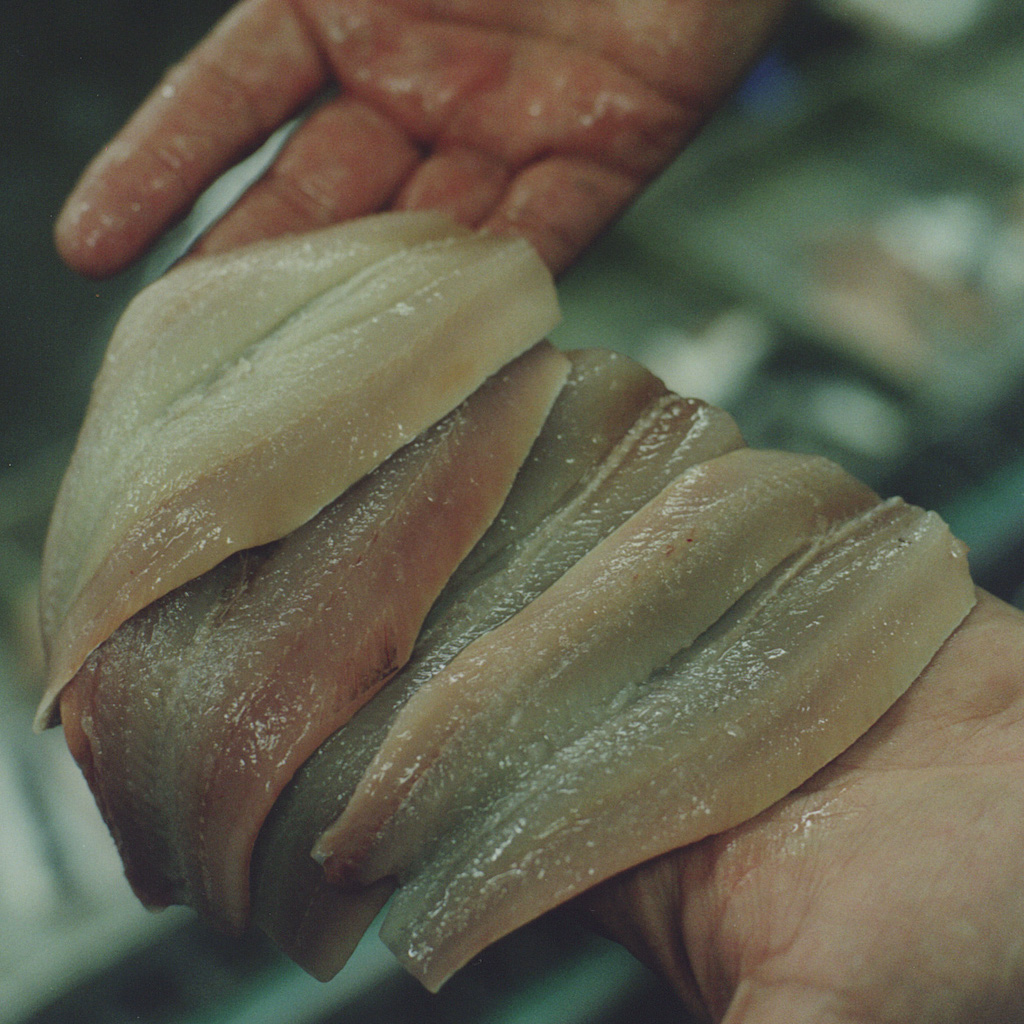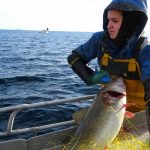Recommendations for fisheries in the Baltic for 2025 have been presented by ICES and will form the basis of further proposals and decisions for the 2025 fishery. Despite the dry language employed by scientific institutions, ICES could hardly make it more clear that the state of the Baltic’s marine environment is behind the poor state of some stocks, and efforts to reduce the effects of eutrophication and to increase oxygen levels in bottom environments are vital.

According to ICES, the Baltic ecosystem is suffering from the combined impacts of many human-induced pressures and eutrophication is one of the main pressures in the region. Climate change is accelerating the effects of eutrophication faster here than in other ecoregions, leading to the degradation of essential benthic habitats, changes in food webs, and other ecosystem processes.
‘Achieving sustainable fisheries management or recovering depleted fish stocks is proving to be increasingly challenging and, in some cases, will also require ecosystem restoration actions,’ ICES states.
The eastern cod stock remains below safe biological limits, despite years of no targeted fishing and the advice is for a continuing zero TAC. ICES states that measures for the conservation of the stock should take into account the deterioration of the status of ecosystems as a result of cumulative human impact and climate change, advocating efforts to restore habitats.
This echoes ICES recommendations for the western Baltic stock in terms of advocating environmental measures to restore nursery grounds.
‘Both stocks are at such a low level that the collection of adequate scientific data to monitor stock development is becoming increasingly challenging. Stock recovery only seems possible if habitats can be restored and environmental conditions are significantly improved,’ ICES states.

The Gulf of Riga herring stock has been sustainably managed over the last decade and both stock size and catch advice are increasing. While the advice for Western Baltic herring is still for zero catch, the management measures are believed to have significantly reduced fishing mortality and the stock is now beginning to recover at a slow rate.
The positive news is that the two plaice stocks in the Baltic continue to be lightly fished and the biomasses of these have been increasing. The stock status for the various flounder stocks is thought to be relatively good. However, today’s advice highlights that several flatfish stocks show low condition, which may be an indirect effect of low bottom oxygen content.
The ICES advice for plaice is for two separate stocks over ICES subareas 21-23 and 24-32, which together to form combined advice of catch opportunities totalling roughly 20,000 tonnes.
The advice for Atlantic Salmon in the Baltic (excluding the Gulf of Finland) continues to be for zero catch in 2025 from the mixed-stock at-sea fisheries (both commercial and recreational in the offshore and coastal areas).
This is because vulnerable and less vulnerable stocks are caught together in those fisheries. The advice further elaborates, that up to 40 000 salmon could be caught if fisheries are confined to certain coastal areas during the spawning migration, thus avoiding fish from vulnerable rivers. The advice for the Gulf of Finland includes a precautionary reduction in the catch because a quantitative estimate of fishing mortality for certain stocks are lacking.
‘While the stock developments show a mixed picture in the short-term, the longer-term prognosis for the Baltic is not a positive one,’ said Colm Lordan, Chair of ICES Advisory Committee.
‘The ecosystem is degraded and unexpected changes are becoming more frequent. ICES community is working hard to develop a better scientific understanding of the underpinning process and connections between the ecosystem, exploitable fish species, and the communities relying on them.’









